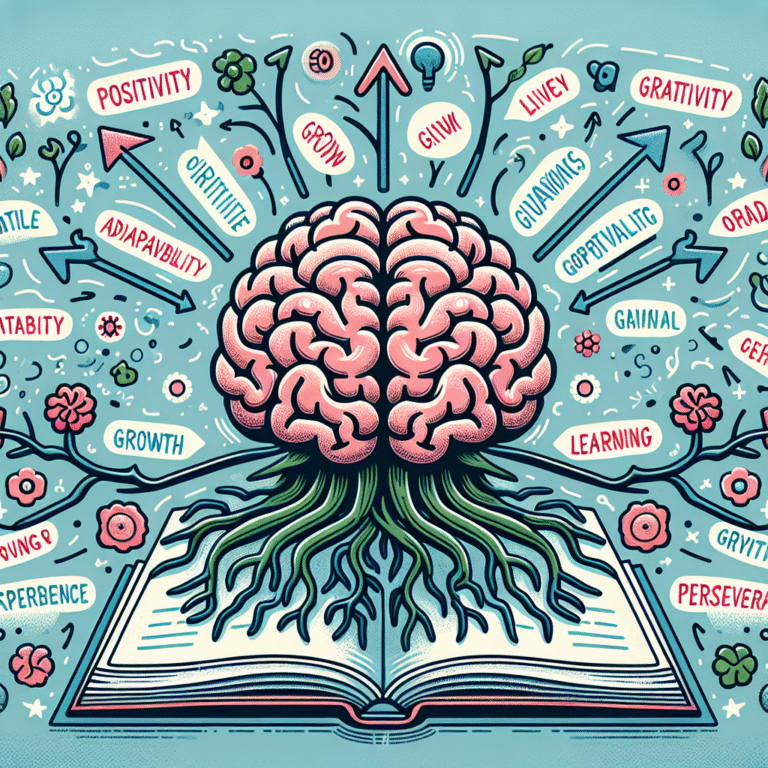
Introduction
In today’s fast-paced educational landscape, student engagement has emerged as a vital component of effective learning. When students are actively involved in their own education, their potential is truly unlocked, leading to higher retention rates, deeper understanding, and greater academic success. This article, Unlocking Potential: Innovative Strategies to Boost Student Engagement in the Classroom, will explore transformative strategies that empower educators to captivate their students. By implementing these innovative approaches, teachers can create dynamic learning environments that foster curiosity, collaboration, and critical thinking.
The Importance of Student Engagement
Student engagement encompasses the emotional, cognitive, and behavioral ties that students have to their learning experiences. Engaged students are not just passive recipients of information; they are active participants who contribute meaningfully to discussions, collaborate with peers, and take ownership of their learning journey.
The Impact of Engagement on Learning Outcomes
Educational research consistently shows that student engagement correlates with improved academic performance, higher motivation levels, and a greater likelihood of completing higher education. Engaged learners are more likely to pursue challenging courses, participate in extracurricular activities, and exhibit resilience when facing academic challenges.
Innovative Strategies to Enhance Student Engagement
1. Active Learning Techniques
Active learning is a pedagogical approach that encourages students to participate in the learning process through activities and collaborative discussions rather than passively receiving information.
Case Study: Flipped Classroom Model
One school district implemented a flipped classroom model in high school math courses. Students were assigned video lectures to watch at home and engaged in problem-solving activities during class. This approach led to a 30% increase in student participation and improved test scores by 15%. The success of this model demonstrates how unlocking potential through innovative strategies can foster greater student engagement.
2. Gamification of Learning
Integrating game mechanics into educational settings can harness students’ natural competitive instincts and make learning more enjoyable.
Case Study: Mathletics Program
A middle school introduced the Mathletics program, which gamified math assignments by incorporating rewards for achievements and friendly competitions. Teachers reported a noticeable increase in enthusiasm towards math, with student participation increasing by 40%. This initiative emphasizes the power of gamification in unlocking potential.
| Strategy | Engagement Increase (%) | Subject Area |
|---|---|---|
| Active Learning | 30 | Math |
| Gamification | 40 | Mathematics |
3. Technology Integration
Using technology effectively can significantly enhance student engagement. Virtual learning environments, educational apps, and interactive tools can provide diverse ways for students to connect with the content.
Case Study: Use of Interactive Whiteboards
In a diverse classroom with varying learning styles, the integration of interactive whiteboards allowed students to participate in digital quizzes and collaborative group work. Teachers reported increased engagement as students felt more included and valued, reinforcing that unlocking potential through technology can cater to varied learning preferences.
4. Collaborative Learning
Encouraging students to work together allows them to learn from one another, build communication skills, and foster a sense of community in the classroom.
Case Study: Project-Based Learning
A district-wide initiative to incorporate project-based learning yielded impressive results. Students collaborated on real-world projects that required them to apply their knowledge creatively. Surveys indicated a 50% increase in students feeling connected to their peers and a 30% increase in understanding complex concepts. This example underlines how innovative strategies to boost student engagement foster a collaborative spirit.
5. Personalization of Learning
Recognizing that each student learns differently is crucial. By personalizing learning experiences, teachers can cater to individual interests and needs.
Case Study: Learning Profiles
In a high school, teachers developed personalized learning profiles for each student, focusing on their interests, strengths, and areas for improvement. As a result, 80% of students reported a greater connection to the curriculum, highlighting the effectiveness of personalized approaches in unlocking potential.
Tables and Charts
Engagement Strategies Overview
| Strategy | Description | Impact on Engagement (%) |
|---|---|---|
| Active Learning | Interactive discussions and activities | 30 |
| Gamification | Incorporating game mechanics into learning | 40 |
| Technology Integration | Utilizing digital tools and platforms | 25 |
| Collaborative Learning | Peer engagement through group work | 50 |
| Personalization of Learning | Tailoring education to individual student needs | 80 |
Conclusion
Unlocking Potential: Innovative Strategies to Boost Student Engagement in the Classroom is not merely a theoretical framework; it is a journey that educators can embark on to create more dynamic and inclusive learning environments. By implementing active learning, gamification, technology integration, collaborative strategies, and personalization, educators can inspire students to take ownership of their education.
The resulting engagement not only leads to improved academic outcomes but also fosters a love for learning that extends beyond the classroom. Students who are engaged and feel valued are more likely to become lifelong learners, contributing meaningfully to society.
FAQs
1. What are some immediate steps I can take to boost student engagement?
Start by incorporating one or two active learning techniques into your lessons and solicit student feedback to refine your approach.
2. How do I measure student engagement effectively?
Consider using surveys, observational assessments, and participation rates in discussions and activities to gauge engagement.
3. Are there specific subjects where engagement strategies are more effective?
While all subjects can benefit from engagement strategies, subjects requiring critical thinking and creativity tend to see significant gains, such as arts and sciences.
4. How can I manage different learning styles in the classroom?
Use a variety of teaching methods, including visual, auditory, and kinesthetic approaches, to encourage greater participation from students with different learning preferences.
5. What role does mindset play in student engagement?
A growth mindset fosters resilience and openness to challenges, encouraging students to engage more deeply in learning.
This article, Unlocking Potential: Innovative Strategies to Boost Student Engagement in the Classroom, serves as a call to action for educators, inviting them to rethink their approaches and adopt methods that truly resonate with their students. Embrace change, ignite curiosity, and unlock the true potential of every learner.















